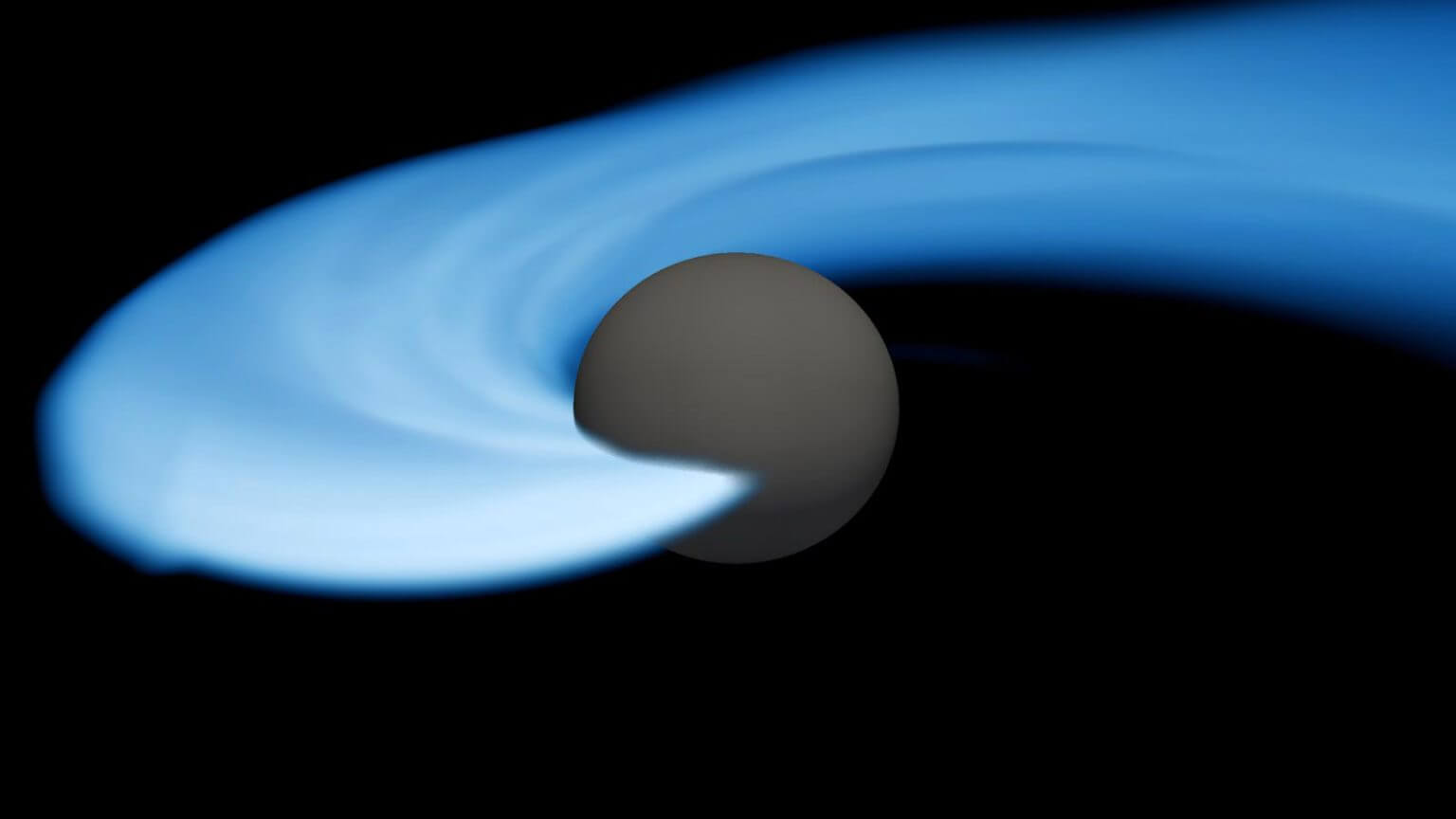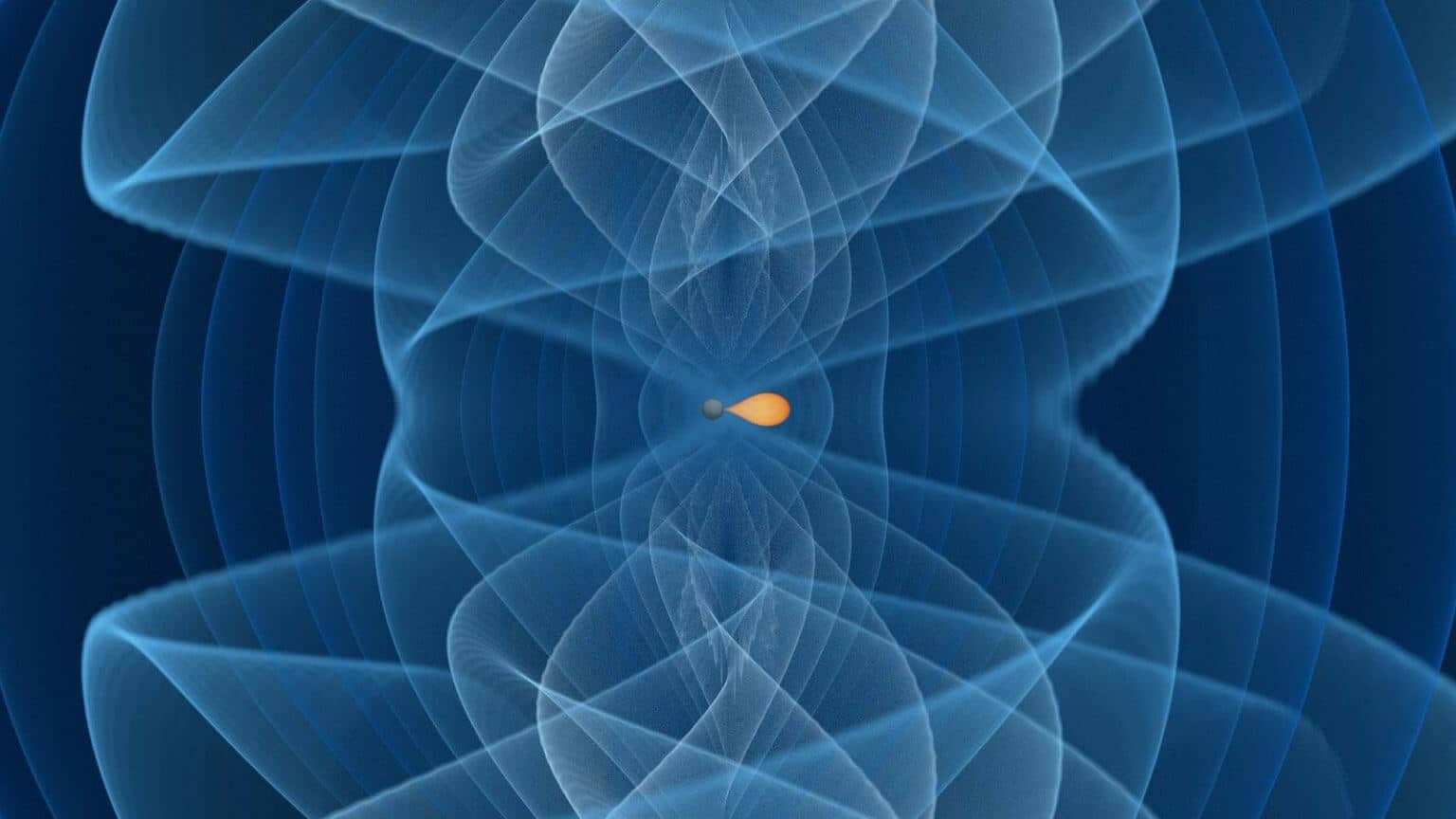The analysis of the signal GW230529 picked up by LIGO shows that it originated from the merger of two compact objects, one with a mass between 1.2 and 2.0 times that of the Sun and the other with a mass slightly more than twice the first

Researchers from the University of Portsmouth's Institute of Cosmology and Gravitation (ICG) have helped discover a stunning gravitational wave signal, which could be the key to solving a cosmic mystery. The discovery is one of the latest results announced by the LIGO-Virgo-KAGRA collaboration whose goal is to discover gravitational waves and use them to study the basics of science and among the first in the fourth run of the detectors.
In May 2023, shortly after the start of LIGO-Virgo-KAGRA's fourth observing time, LIGO's Livingston detector in Louisiana detected a gravitational wave signal from the collision of a neutron star (most likely) with a compact object 2.5 to 4.5 times the mass of our Sun.
Neutron stars and black holes are both compressed objects, the dense remnants of massive stellar explosions. What is intriguing about this signal, named GW230529, is the mass of the heavier object. It is in the range of a possible mass gap between the heaviest known neutron stars and the lightest black holes. The signal of a gravitational wave alone cannot reveal the nature of this object. Future discoveries of similar events, especially those accompanied by bursts of AM radiation, could help answer the question.
"This discovery reveals that the rate of similar collisions between neutron stars and low-mass black holes may be greater than previously thought," says Dr. Jess McKeever, deputy spokesperson for the LIGO Science Collaboration.
Only one gravitational wave detector has seen this event, so it is difficult to assess whether it is real or not.

Dr. Gareth Cburn Davis, a software engineer at ICG, developed the tools used to search for events in one detector. He said: "Verifying events by seeing them in multiple detectors is one of our most powerful tools in separating signal from noise. By using appropriate models of background noise, we can judge an event even when we don't have another detector to back up what we saw."
Before the discovery of gravitational waves in 2015, the masses of stellar black holes were found mainly through X-ray observations and the masses of neutron stars were found through radio observations. The resulting measurements were in two separate areas with a gap between them, roughly two to five times the mass of our Sun. Over the years, a small number of measurements penetrated the mass gap, which astrophysicists still debate.
Analysis of the signal GW230529 shows that it originated from the merger of two compact objects, one with a mass between 1.2 and 2.0 times that of the Sun and the other with a mass slightly more than twice the first.
More of the topic in Hayadan:

2 תגובות
End of the third paragraph: "Especially those accompanied by bursts of nuclear radiation." Does it mean AA (infra red)? And if not - what is the opening of AM?
End of the third paragraph: "Especially those accompanied by bursts of UV radiation" - is this meant for UV (infra red)? And if not - what is the opening of AM?